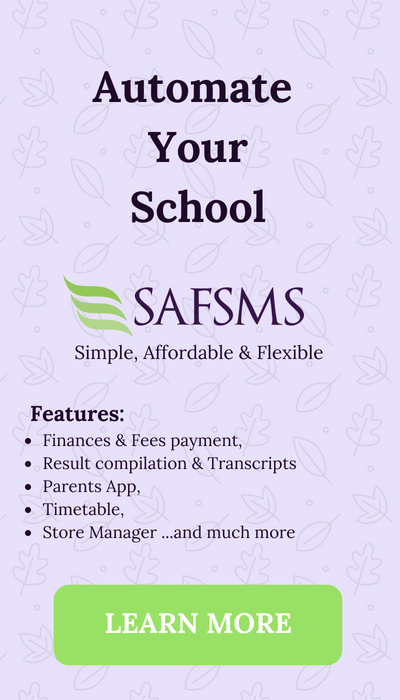The Role Of Transparency In School Administration
A school is an institution where transparency and accountability go hand-in-hand and should be held as statutory obligations. The transparency in school administration shouldn’t be taken lightly. If a school is transparent, people can be held accountable for their actions.
In a proper school environment,
- schools are accountable for student achievements and general conduct
- teachers are held accountable for learning.
- the students are accountable for one another and their personal behavior
In General, if accountability is rigorously practiced, it will help change attitudes which will improve academics.
So why Should We have Transparency in schools?
Schools collect data on students including their academic scores, character traits and medical records, and are expected to share information to keep parents in the know on matters of their child’s academic and social well being.
School management should all be aware of expenditure in order to prevent leakages in their financials.
Teachers should share their resources and ideas with each other, seek answers to teaching problems and encourage innovation. This kind of transparent collaboration will improve teaching.
However, the majority of the work rests on schools, and to encourage successful administration, schools have to take the initiative towards adopting a transparent system.
A school management system will provide accurate details about financing, academics, students and staff behavior so your administration efforts can be diverted to the most sensitive areas
More than just to aid decision making procedures, transparency in school administration is necessary to provide a solid answer to such questions as where the majority of the budget is being directed to & what percentages of students are failing or passing each year.
Here are a few ways to start making your school management more transparent now:
- Parental Involvement: making information available and easily accessible shows parents exactly what goes on in the classroom, so they are kept updated on all the relevant information about their child, and can give relevant feedback.
- Skills gap analysis: High teaching standards is the number one factor responsible for the enrollment of children into schools. With skill gap analysis, the current level of staff expertise are measured against the required skill for tasks and with those statistics, schools can find ways to improve quality of teaching.
- Reduce class sizes: this may seem detrimental to profit however it ensures quality over the long term. This is because you can easily monitor smaller groups and identify areas of strengths and weaknesses. This will likely increase the school’s standards.
- Clear Channel of Communications: The internal structure of every school department should provide for a clear structure of reporting and en easy communications channel for all involved.
Technology plays a huge role in encouraging transparency in schools. Software can be used in place of printing student report cards, records compilation, accounts, admission forms and session calendar. It will reduce loss of information due to damage of printed documents and soft copies of files are easily backed up and accessed from any computer.
A good School management system (or School Information Management System) facilitates transparency in school administration and creates an environment where parents can closely monitor their child’s performance, teachers can collaborate more efficiently and leakages in school budgets can be identified & prevented.








Good job.
Send me a link to download your mobile app
Great article, very helpful. For information with regards to schools in your locality please visit our website https://www.theschoolnearby.com
The descriptions are good and well understood thank you so much🙏🙏🙏🙏🤝